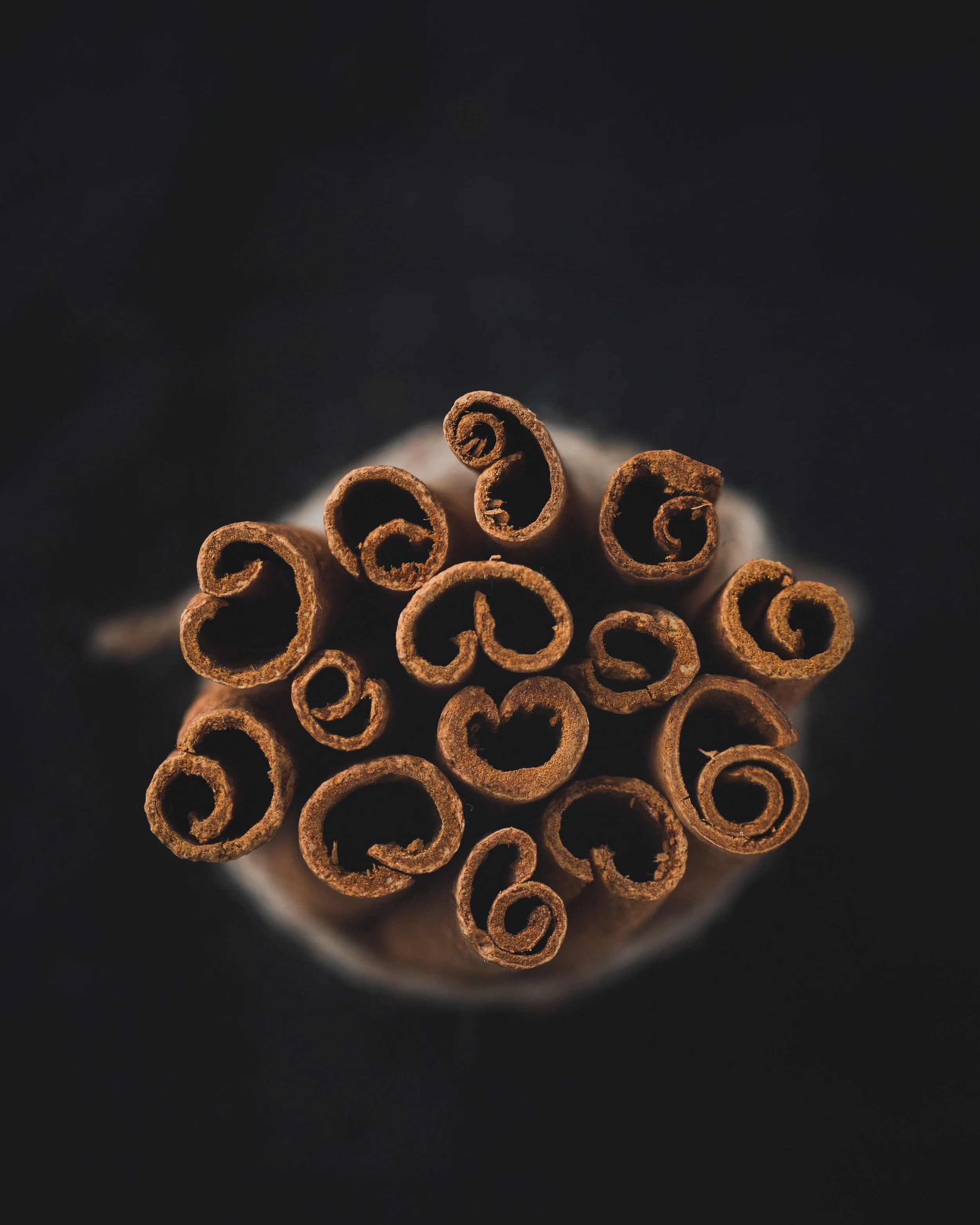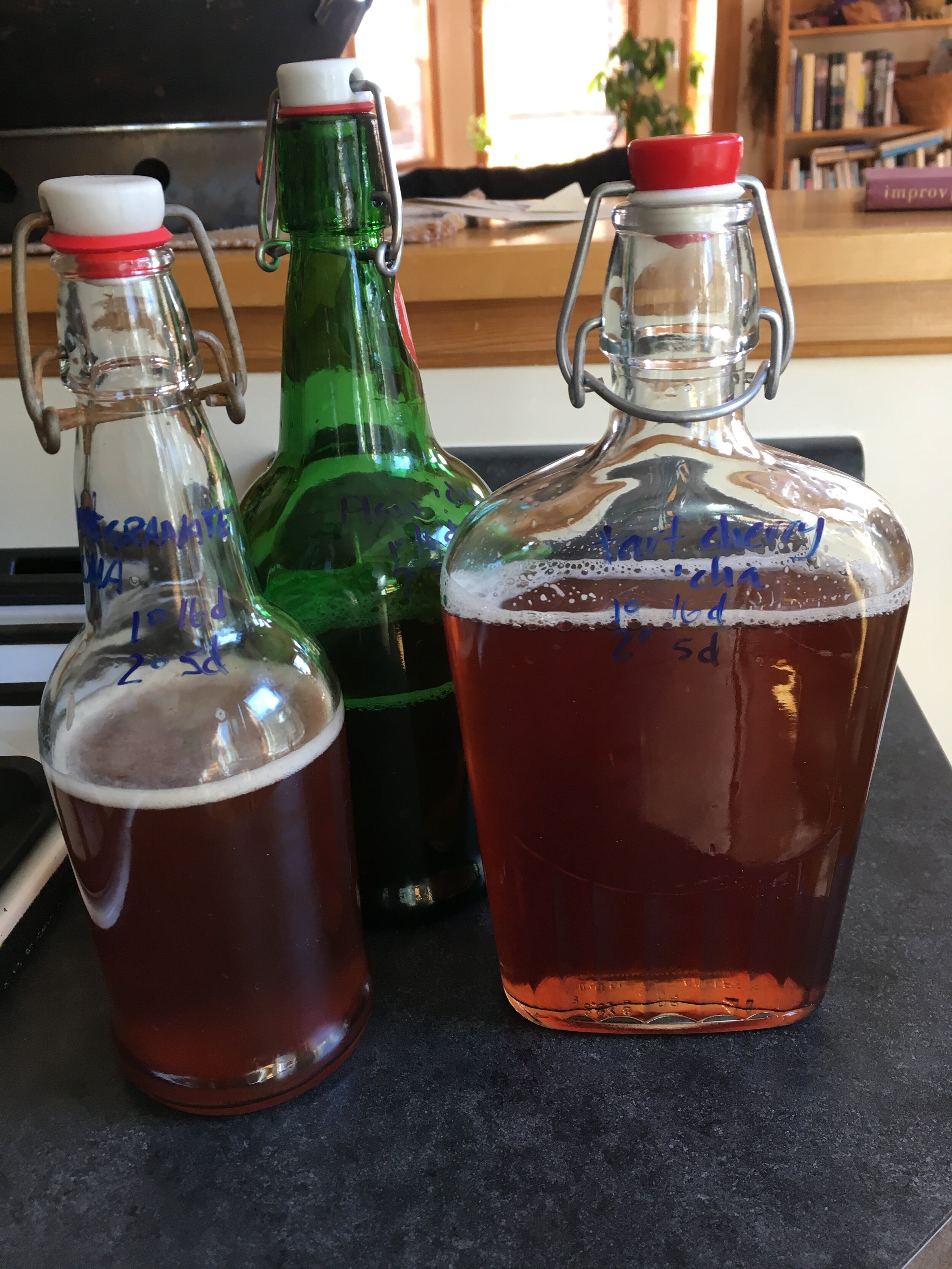Plastic bags are recyclable, but not through EcoMaine anymore. You may NOT put it in with your regular recycling - it gums up the recycling machines and they have to stop everything to fish it all out. If you put it in the trash, it will be incinerated with the rest of the trash, but if you carefully sort it and take it to the correct place, it can be repurposed.
First, where can we take it? As per Maine law, any retailer that provides a plastic bag MUST take it back, and provide a receptacle within 50 feet of their entrances. (Click HERE for a list of closest sites.) Many retailers do not know this (or pretend not to) If you don’t see it at your local food store, ask an employee and make some noise if they don’t have one. Locally, you can easily take plastic film/bags/packaging back to Hannaford, Loews, and Whole Foods. At Hannaford, if you enter the vegetable area front door and turn immediately right (opposite the shopping carts), you’ll see two blue bins, one says plastic. At Whole Foods, it’s in the disposal area near the front doors where you can sort other food scraps etc.
Second, What sort of plastic are we talking about? Any plastic film item that is soft and scrunchable - do the crinkle-sound test. If you crumple a plastic shopping bag in your hand, that’s the sound. You can recycle plastic wrapping (like around a pack of toilet paper or paper towels), bubble wrap, fast/junk food bags, plastic shipping pillows (deflate them), plastic bags (like the single-use shopping bags) and clean-ish plastic film, like rinsed saran wrap or other flexible plastic wrappers.
Third, what happens to it once you put it in the bin? It gets shipped to Virginia and recycled into Trex Decking, that anyone may then use to build weather-resistant outdoor structures. The average 500-square foot composite Trex deck contains 140,000 recycled plastic bags! Both Home Depot and Loews carry this up-cycled product.
Checkout the Recyclopedia app on the EcoMaine website/app store to find out what to do with absolutely everything you wish to throw away. And get a composting service.










